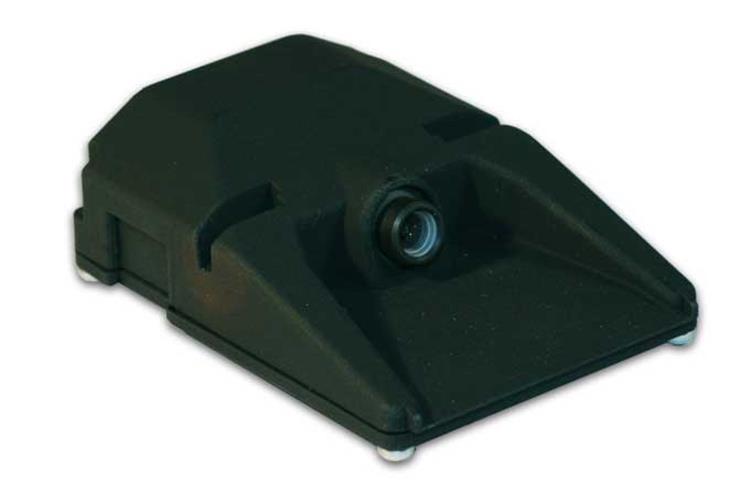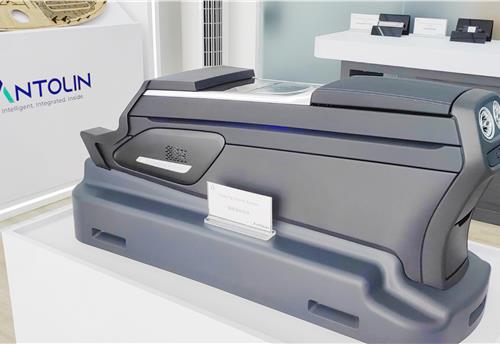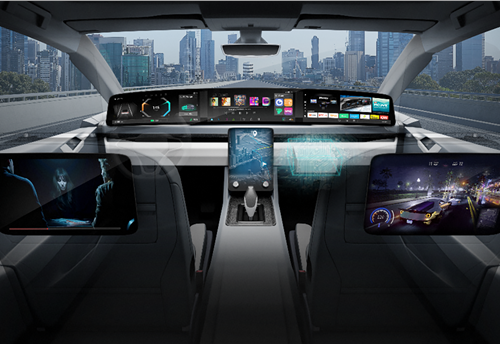TRW to launch next-gen video camera sensor in China in 2016
TRW Automotive plans to launch its next generation video camera sensor – the S-Cam 3 –in China for the first time in early 2016.
TRW Automotive plans to launch its next generation video camera sensor – the S-Cam 3 –in China for the first time in early 2016.
The technology will be introduced with a major North American vehicle manufacturer on several vehicles in the Chinese market – and will be produced locally at TRW’s electronics manufacturing facility in Anting.
Peter Lake, executive vice-president, sales and business development for TRW, expects China’s auto industry to continue its rapid technology evolution over the next few years: “The market is swiftly following the active safety trend evident in North America and Europe,” he says.
China NCAP is also planning to upgrade its five-star requirements. From 2018, they will feature active safety and collison prevention assessments. “This will be a turning point in the Chinese industry and safety will become more important than ever before,” says Lake.
S-Cam 3 will be a key technology. The sensor has six times the processing power of the current generation camera and will provide a higher level of sensing performance as well as several advanced safety functions. Lane keeping assist and automatic emergency braking for pedestrians and other vehicles will be particularly important.
The S-Cam 3 is one of the environmental sensors in TRW’s driver assist systems (DAS) portfolio which can help to support accident mitigation and prevention. When combined with braking systems, it can enable adaptive cruise control and automatic emergency braking as a standalone sensor. When integrated with other environmental sensors, chassis controllers and actuators, the technology provides a platform for partially-automated driving functions.
“We anticipate exponential growth in driver assist sensors over the next decade – both in China and other regions of the world. We have a lot of experience in this area and are well positioned to support Chinese customers with their growth aspirations for active safety,” says Lake.
RELATED ARTICLES
Antolin unveils sustainable tech solutions at Beijing Motor Show
In line with its China market roadmap, Antolin is showcasing its latest advances in lighting, HMI, electronics, and sust...
Visteon wins $1.4 billion in new business in Q1 2024, launches 26 new products
Digitisation of vehicle cockpit megatrend is a key growth driver for Visteon with over $400 million of displays wins; Vi...
BMW uses Catena-X ecosystem using real-world CO2 data to enhance quality
Working together with partners and suppliers, the company has modelled a complete data chain for the first time using re...





 By Autocar Pro News Desk
By Autocar Pro News Desk
 27 Apr 2015
27 Apr 2015
 2792 Views
2792 Views









